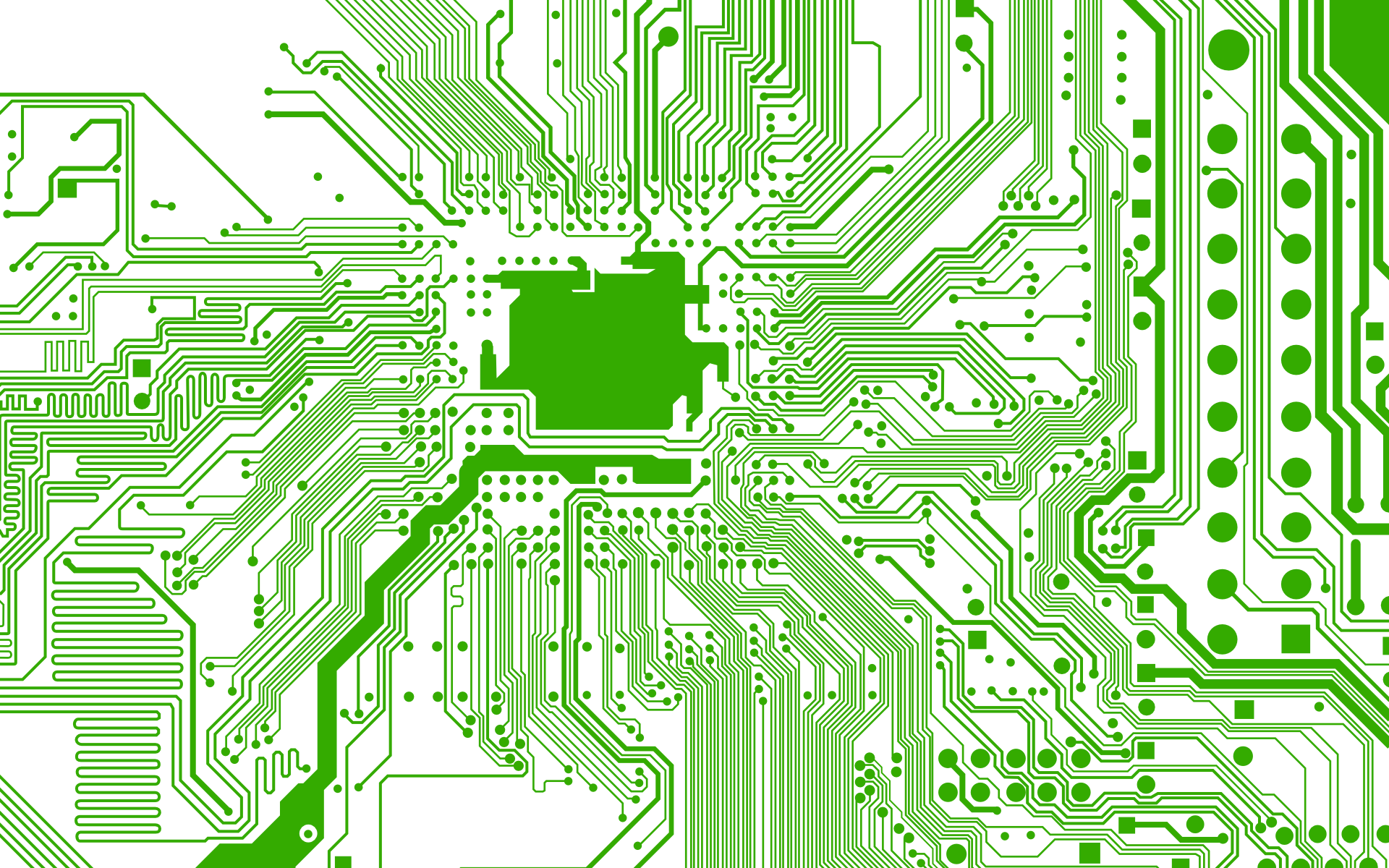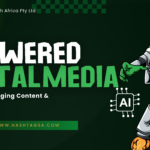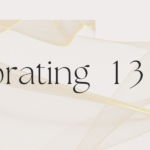This article is an insight to the mission and vision of Hashtag South Africa – the world is progressing so is our mandate – we feel it best to share with you on the evolution of the Internet and the need for data expansion.
The following is an extract from Wikipedia on the short holistic view on the Internet of Things
Speak to our team on the expansion we have for South Africa
The Internet of Things (IoT) refers to uniquely identifiable objects and their virtual representations in an Internet-like structure. The term Internet of Things was proposed by Kevin Ashton in 1999[1] though the concept has been discussed since at least 1991.[2] The concept of the Internet of Things first became popular through the Auto-ID Center at MIT and related market analysis publications.[3] Radio-frequency identification (RFID) was seen as a prerequisite for the Internet of Things in the early days. If all objects and people in daily life were equipped with identifiers, they could be managed and inventoried by computers.[4][5] Besides using RFID, the tagging of things may be achieved through such technologies as near field communication, barcodes, QR codes and digital watermarking.[6][7]
In its original interpretation, one of the first consequences of implementing the Internet of Things by equipping all objects in the world with minuscule identifying devices or machine-readable identifiers would be to transform daily life in several positive ways.[8][9] For instance, instant and ceaseless inventory control would become ubiquitous.[9] A person’s ability to interact with objects could be altered remotely based on immediate or present needs, in accordance with existing end-user agreements.[4] For example, such technology could enable much more powerful control of content creators and owners over their creations by better applying copyright restrictions and digital restrictions management, so a customer buying a Blu-ray disc containing a movie could choose to pay a high price and be able to watch the movie for a whole year, pay a moderate price and have the right to watch the movie for a week, or pay a low fee every time she or he watches the movie.
Today however, the term Internet of Things (commonly abbreviated as IoT) is used to denote advanced connectivity of devices, systems and services that goes beyond machine-to-machine communications (M2M) and covers a variety of protocols, domains and applications.[10]
According to Gartner, there will be nearly 26 billion devices on the Internet of Things by 2020.[11] According to ABI Research, more than 30 billion devices will be wirelessly connected to the Internet of Things (Internet of Everything) by 2020.[12] Cisco created a dynamic “connections counter” to track the estimated number of connected things from July 2013 until July 2020 (methodology included).[13] This concept, where devices connect to the internet/web via low-power radio, is the most active research area in IoT. The low-power radios do not need to use Wi-Fi or Bluetooth. Lower-power and lower-cost alternatives are being explored under the category of Chirp Networks.[14]
It has been speculated that all IoT devices will use an “IP” address as a unique identifier. Hubs, bridges and other routing type devices make this unnecessary.
According to a recent survey and study done by Pew Research Internet Project, a large majority of the technology experts and engaged Internet users who responded — 83 percent — agreed with the notion that the Internet/Cloud of Things and embedded and wearable computing will have widespread and beneficial effects by 2025.[15]
A Simple Example of the Internet of Things
Evolution on the Internet of Things




